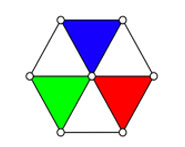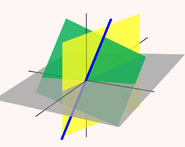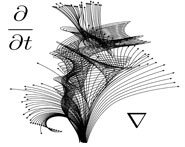


 تاريخ الرياضيات
تاريخ الرياضيات
 الرياضيات في الحضارات المختلفة
الرياضيات في الحضارات المختلفة 
 الرياضيات المتقطعة
الرياضيات المتقطعة
 الجبر
الجبر
 الهندسة
الهندسة 
 المعادلات التفاضلية و التكاملية
المعادلات التفاضلية و التكاملية 
 التحليل
التحليل
 علماء الرياضيات
علماء الرياضيات |
Read More
Date: 23-1-2022
Date: 17-2-2022
Date: 9-2-2022
|
The cut elimination theorem, also called the "Hauptsatz" (Gentzen 1969), states that every sequent calculus derivation can be transformed into another derivation with the same endsequent (bottom sequent) and in which the cut rule does not occur.
All derivations without cuts posses the sub-formula property that all formulas occurring in a derivation are sub-formulas of the formulas from the endsequent.
A sharpened form of theorem applies to the classical variant of sequent calculus. This form states that any derivation can be transformed to another derivation with the same endsequent and having the following properties.
1. It has no cuts.
2. It contains a so-called midsequent whose derivation contains no 



Gentzen, G. The Collected Papers of Gerhard Gentzen (Ed. M. E. Szabo). Amsterdam, Netherlands: North-Holland, 1969.
Kleene, S. C. Introduction to Metamathematics. Princeton, NJ: Van Nostrand, 1964.



|
|
|
|
دخلت غرفة فنسيت ماذا تريد من داخلها.. خبير يفسر الحالة
|
|
|
|
|
|
|
ثورة طبية.. ابتكار أصغر جهاز لتنظيم ضربات القلب في العالم
|
|
|
|
|
|
|
سماحة السيد الصافي يؤكد ضرورة تعريف المجتمعات بأهمية مبادئ أهل البيت (عليهم السلام) في إيجاد حلول للمشاكل الاجتماعية
|
|
|